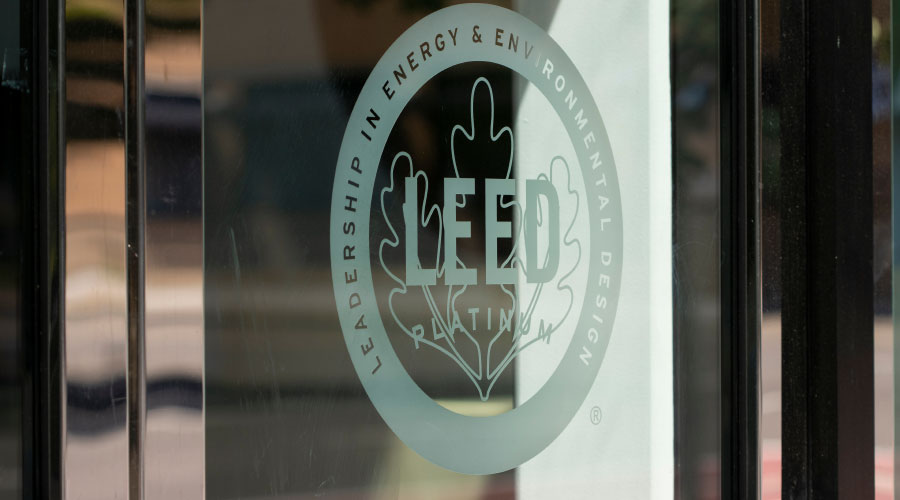Newest Version Of LEED-EBOM Is Designed To Drive Better Building Performance
LEED v4 is officially out, and the new suite includes an updated version of the LEED for Existing Buildings: Operations and Maintenance (LEED-EBOM) rating system. As expected, the thresholds of performance have increased across the board for energy and water use, material related waste, pollution reduction, and improved indoor environmental quality. (See sidebar.) The new system places a deeper focus on occupant health, materials transparency, and integrated approaches. LEED-EBOM seeks to accomplish all of these goals to reduce the cost of ownership across a building's useful life while also increasing its value for owners and occupants and driving better building performance.
The new rating system includes new requirements that can help facility managers close the gap between design intent and building performance. And the new rating system provides new opportunities to overcome what may have been real or perceived barriers to certification in previous versions.
After more than a decade of market adoption, the term "LEED certified" has become synonymous with green or high-performance buildings. LEED has led many building owners and facility managers to consider the question of what defines performance, how to consistently measure various performance metrics, and how to continually improve upon current or past conditions. While the terms used to promote green buildings and high performance generally continue to be discussed and refined, LEED has provided a tool that allows everyone to measure individual metrics of performance that contribute to a building's all-inclusive performance.
Closing The Gap
Even if a building is designed efficiently, constructed without errors and commissioned, the performance that results is transient and may only last for a few months. One factor that contributes to the almost immediate drop in performance of any building is an artificial gap early in the timeline of a building's life. At the conclusion of design and construction, a period or moment described as "substantial completion" occurs. The construction site leading up to substantial completion can be chaotic and tense as various trades rush to meet deadlines and budgets. Then everyone vanishes — the architects, engineers, general contractors, and subcontractors — most of the professionals involved in designing, installing, and verifying the initial conditions of a building's performance. Despite this, the professionals who operate facilities do a heroic job with the tools they've been given of managing occupant comfort and overall building operations. But it is clear why there are no guarantees that the performance that results from a well-designed and commissioned building will persist for more than a short period of time. In fact, according to former ASHRAE president Gordon Holness, "building performance typically deteriorates as much as 30 percent in the first three to four years of operation."
A bridge through this substantial transition period from design and construction to operations must be established to preserve the early efforts in a building's design and construction and combat performance decay. LEED-EBOM is the best way to build this bridge in order to best preserve the investment of designing and delivering sophisticated and efficient building systems. Even better, this tool can preserve much of the potential energy efficiency-related opportunities that exist in most buildings without a primary focus on future retrofits, upgrades or replacements. In other words, LEED-EBOM does not have to be cost-intensive to initiate and can actually save building owners a tremendous amount of money over the course of a building's useful life by putting in place best practices that continually seek to lower operating costs.
Related Topics:














